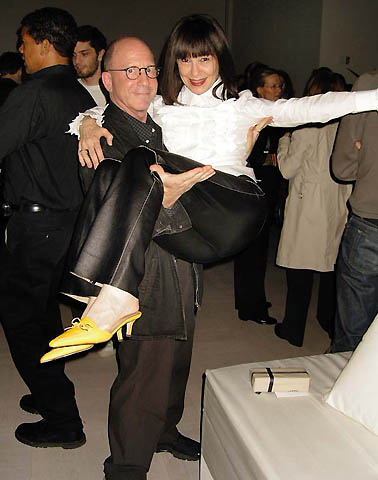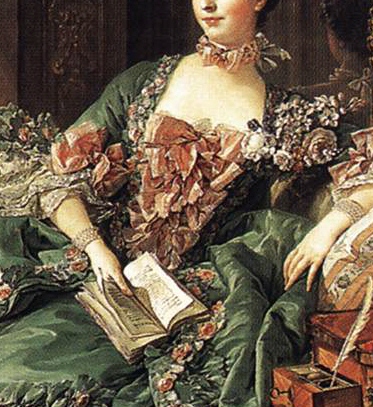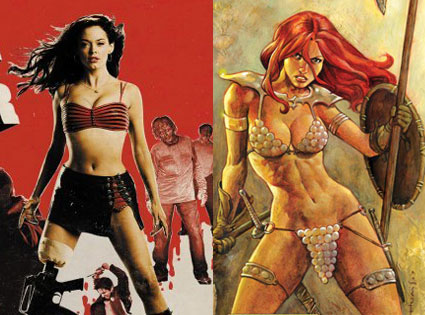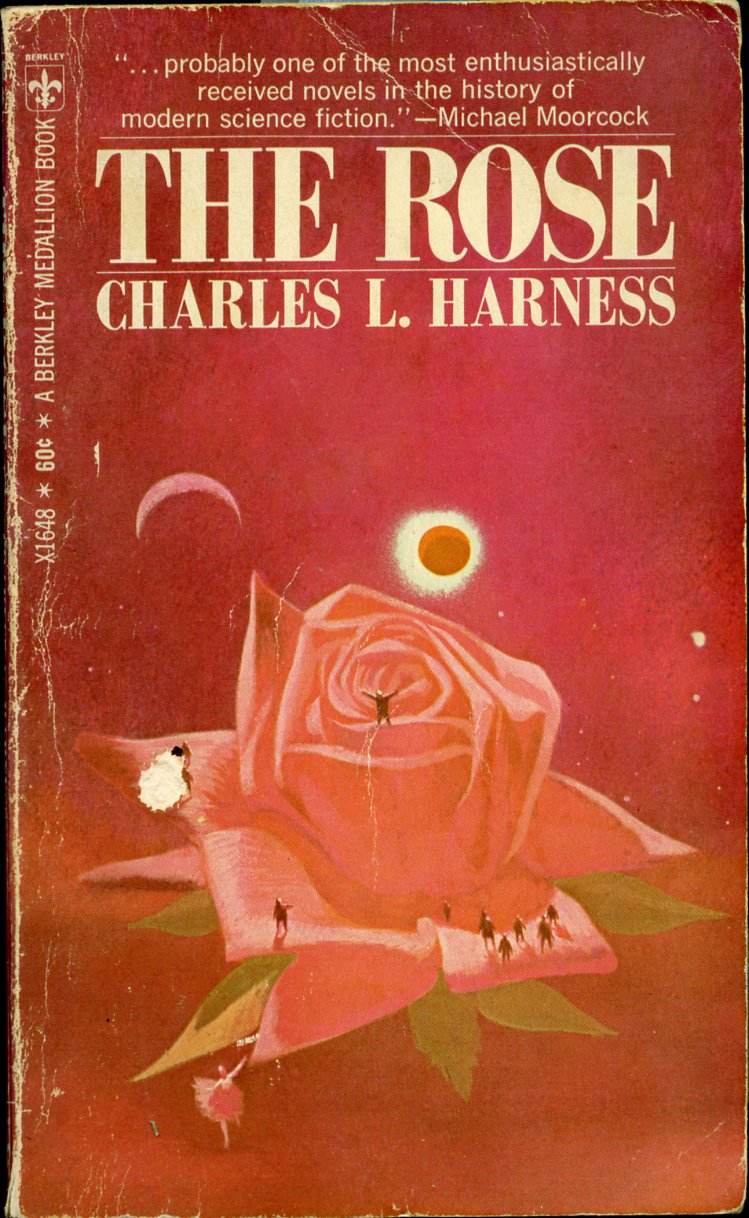Over the last three months or so, I have noticed an unusual amount of emails from Graduate programs soliciting calls for applications. I swear that I have received at least three a day for the past couple of months... from every MFA and MA program in the country, practically. They usually come from
eFlux or
Art&Education; but occasionally they come straight from the program itself. I can attribute this to two possible reasons. That I have recently finished grad school, and most likely, the shady-ass lending firms that I have taken loans from have sold my personal information off to god knows what kind of corporation, who has released my info to various internet ad agencies. (This of couse is shit logic, because if I recently spent upwards of $50,000 on higher education, why would I want to go
back to school and do that again?? Maybe some people with rich parents also take out loans? Doubtful.)
Or, more likely; is that there has been a significant drop in students enrolling in arts Grad-programs due to the poor economy in the United States (I should also add that all of the Call for applicants are schools within the US). When I decided to attend grad school initially, it was because I could not find a job in the arts, and I thought that obtaining a graduate degree would put me at an advantage. I thought that I would be able to get a high enough paying job that I would be able to pay off my loans. Or that I would be able to get
some financial aid or scholarship money. WRONG.
6 months after finishing school, I am saddled with $60,000 in debt, a shitty part-time job at the Brooklyn Museum earning $13,500 a year, with no insurance or benefits of any sort. Not to bitch or whatever, but higher education in no way is connected to bettering your chances at a better paying job, or career satisfaction. While graduate school seems to promise to simultaneously build networks of professionals and lay the groundwork for one's career before one enrolls, young people ESPECIALLY IN ANY ARTS RELATED FIELD should be deeply critical of what they are actually
getting from this extremely expensive endeavor. (The reason I say particularly in arts related fields, is because higher ed in the arts almost never offers financial scholarship, where the sciences typically offer full-ride tuitions AND stipends)
Prospective students should think about alternate ways to obtain these elements before signing their promissory note, and financial future away to the banks/government. If it's commoraderie; there are ways around that. Criticism is more accessible than ever now, and thanks to sites and blogs like
artfagcity,
rhizome,
artforum, and
hyperallergenic, not only is is easy to find out about events in the art scene around the world, the internet has helped break down geographic barriers, allowing people in different locations to experience (on some level) exhibitions, performances, and lectures in other places.
With the rise in social media, an increased stress on financial wellbeing, and general access to like-minded individuals/ common interests, I wonder if students are realizing that they no longer NEED an MA/MFA to move forward with their career in the arts.
In September 2009, Roberta Smith wrote a piece for the New York Times, called
Artists Without Mortarboards (also pasted below just in case), wherein she laments the recent "professionalization and academicization of the art world" epidemic. While she attributes the recent financial viability of being a career artist to a grossly inflated art market, she also points to the importance and artistic capital of circumnavigating the 'system;' or figuring it out on your own through alternative routes and economic means. I wonder if this massive drought in academic enrollment in higher education is somehow reflective of a renewed value placed on D.I.Y. action in the face of economic hardship.
-------------------------------------------------------------------------------------------------
Artists Without Mortarboards
By ROBERTA SMITH
Published: September 9, 2009
IN an often quoted remark the Abstract Expressionist Barnett Newman once said, “Aesthetics is for artists what ornithology is for birds.” I wonder what Newman would make of the overflow of M.F.A.-bearing would-be artists pouring out of art schools and universities these days. Maybe he’d say, “An artist without a graduate degree is like a fish without a bicycle.”
The professionalization and academicization of the art world has been lamented for some years, but lately they have become epidemic. The recent inflated art market has created the illusion that being an artist is a financially viable calling. Meanwhile art schools and universities — which often provide tenure (safe haven) for artists who may be taken seriously nowhere else — expanded to accommodate the rising number of art students and are now thoroughly invested in keeping these numbers high.
In this context the growing interest among art schools and universities (mostly abroad so far) in offering a Ph.D. in art makes the blood run cold. It also seems like rank, even cynical commercial opportunism. It’s too soon to tell, but I’d like to think that the economic downturn is doing serious damage to this trend and maybe even put budding artists off graduate school entirely.
This brings me to a project that could make the coming season especially exciting: the unaccredited, free art school that the artist collective known as the Bruce High Quality Foundation started Friday in a downtown Manhattan space lent by a benefactor it has declined, so far, to identify. Whoever shows up will have a hand in the formation of Bruce High Quality Foundation University, which is being made up as it goes along.
The Bruces, as the members of the five-year-old group are often called, guard their anonymity fiercely. But they are generally known to be a band of artists, all male, some of whom became friends while undergraduates at Cooper Union in the late ’90s, when Hans Haacke, one of the fathers of institutional critique, was still teaching there.
Like any small group with a good idea, they benefit from the fact that the art world is in many ways one of the least regulated occupational spheres on the planet. As a result it is unusually susceptible, on a local level, to being altered and improved by the actions of a few good men or women.
This has recently been proved by started-from-scratch ventures as modest as Orchard, a Lower East Side collective-as-art-gallery, and Pocket Utopia, an alternative space of nearly two years’ duration that the artist Austin Thomas oversaw in a Bushwick, Brooklyn, storefront until this spring.
More ambitious examples of proactivity include “Prospect.1 New Orleans,” the new bootstrap international biennial willed into existence by the independent curator Dan Cameron last fall, and this summer’s “Plot/09: This World & Nearer Ones” (on view through next Sunday), which inaugurated an international survey of public art that Creative Time will stage every four years on Governors Island, just off Manhattan’s shores.
If the Bruce High Quality Foundation University thrives, it could prove an even more valuable addition. Until now the group has been best known for a sharp, well-aimed and unusually entertaining form of institutional critique. In 2005, when a shard of parkland was being pulled around New York Harbor — the posthumous realization of Robert Smithson’s 1970 drawing “Floating Island to Travel Around Manhattan Island” — the members pursued it in a tiny skiff carrying a small model of one of Christo and Jeanne-Claude’s orange “Gates,” which had filled Central Park earlier in the year. (The title of the Bruce piece, playing off Wallace Stevens, was “The Gate: Not the Idea of the Thing But the Thing Itself.”)
In “Public Sculpture Tackle,” a continuing work begun in 2007 and documented in video, one of the Bruces hurls himself against, clambers up or hangs from various pieces of public sculpture around Manhattan, all the while outfitted in quasi-Matthew Barney quasi-football gear. The foundation has also made a site-specific film, “Isle of the Dead,” that charts the death and zombie-dominated resurrection of the art world and is one of the best works in “Plot/09.”
These efforts are fine as far as they go, but now the Bruces are trying to add to a tradition of artist-initiated schools like the Art Students League, 134 years old and going strong. The group has cited as inspiration the Summerhill boarding school in Britain, founded by A. S. Neill in the 1920s, where children and teachers have an equal say in all decisions.
The Bruces’ new direction was indicated last July when four of the group’s members gave a lecture-performance called “Explaining Pictures to a Dead Bull” at the Harris Lieberman Gallery. The title paid homage to Joseph Beuys’s famous performance, “How to Explain Pictures to a Dead Hare,” while addressing a post-boom, dead-bull art universe. Although accompanied by a series of amusingly pertinent or impertinent slides, the lecture was entirely serious. It diagrammed the links among contemporary art, the market and the art schools producing M.F.A.’s who are burdened by debt but largely naïve about the workings of the art world. It ended with the question: “How can we imagine a sustainable alternative to professionalized art education?”
Bruce High Quality Foundation University is one such imagining. Whether it becomes “the thing itself” remains to be seen, but even as “the idea of the thing” it strikes a blow where one is seriously needed, against the big business of art schools. The university’s first course, which is meeting weekly, is titled Bring Your Own University (B.Y.O.U.). In other words, all those present will “design and implement the administrative policy and curriculum.” Whatever happens, this latest move by the Bruce High Quality Foundation adds inspirational heft to its motto: “Professional problems. Amateur solutions.”


















































